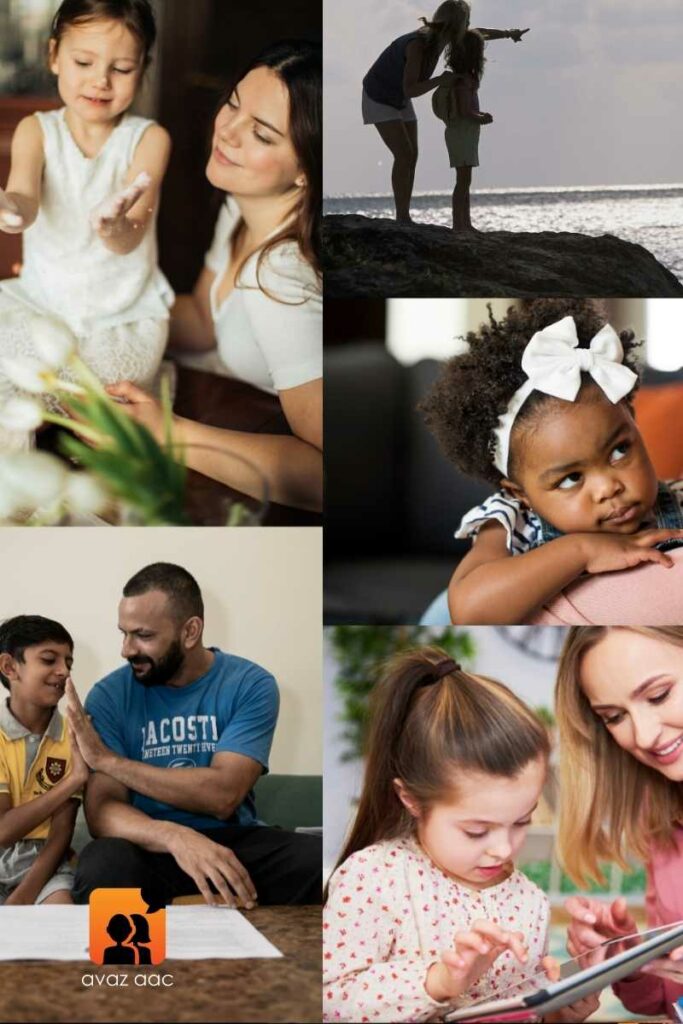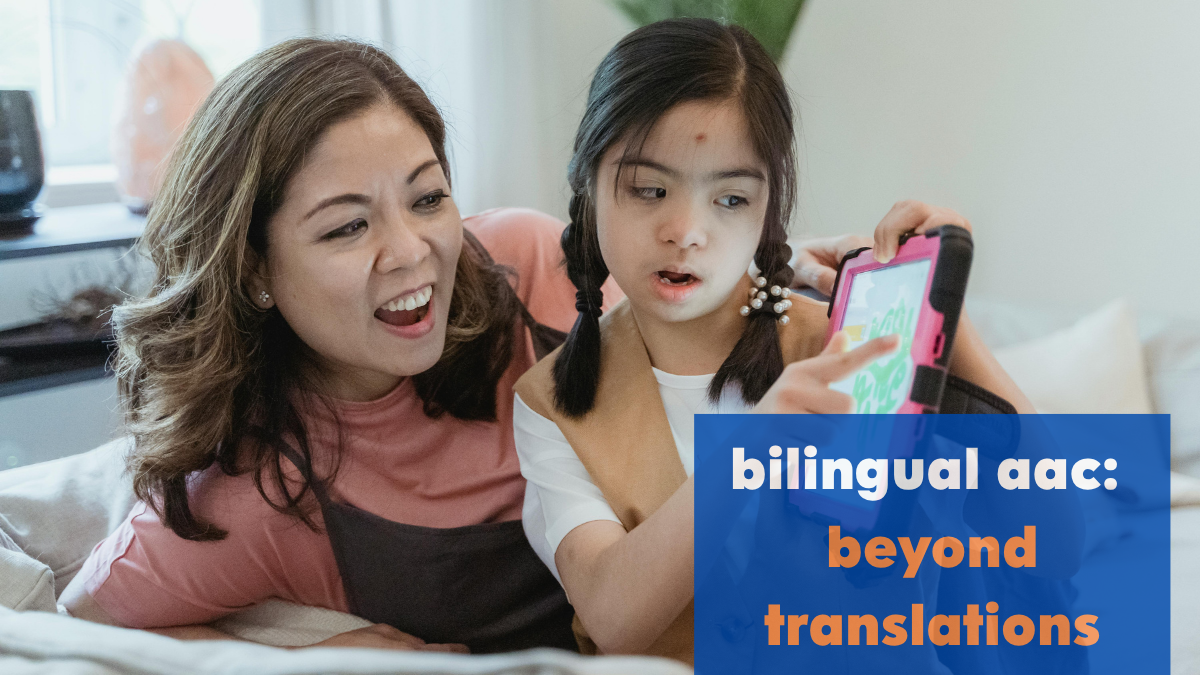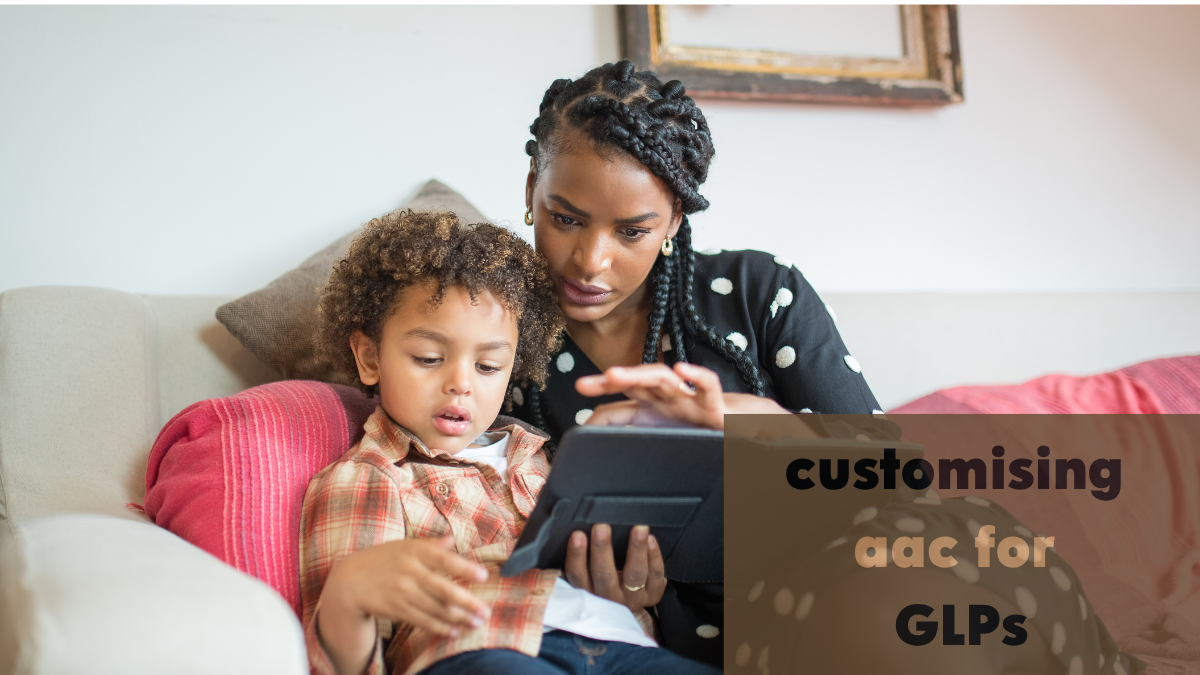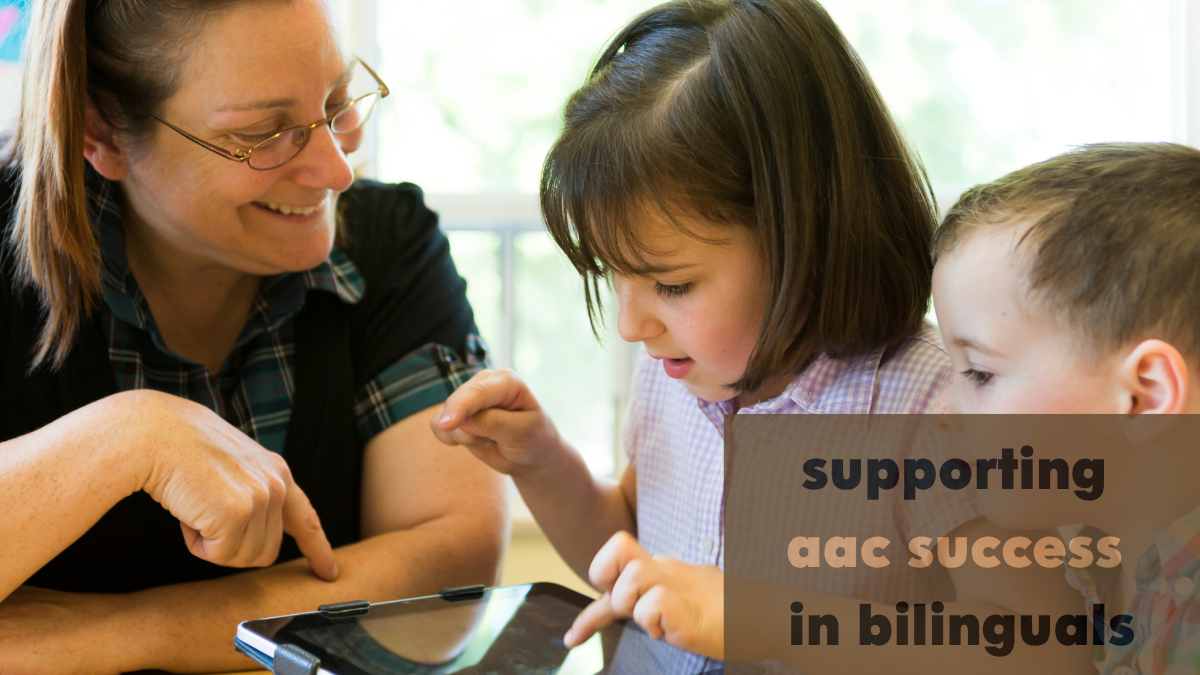When two individuals focus on an object or share their focus so to speak, it is called joint attention. It happens when you direct another person’s attention towards an object or an event by pointing at it. Or you may both gaze towards it, with or without other verbal or non-verbal indications. For example, when one calls out, “Hey, look at the rainbow”, and the other person looks at the rainbow, or let’s say one person hears a knock and looks towards the door and the other person follows the gaze and looks towards the door too, they are sharing attention. Joint attention is also called shared attention.


It is usually exhibited in response to a cue, and as a spontaneous initiation to catch the attention. Initially the child begins by responding to the call for attention. Before engaging in joint attention, the first step is focusing on the communication partner, and retaining the same for some period of time. This could be as less as say a few seconds or more. Then comes the step where the child shifts their attention to where the communication partner is directing it to.
Why is it important?
The act of engaging in joint attention is an important milestone for children. It develops even before the child begins to speak. It is the child’s first form of social interaction. Research says that the first neural pathways for social interaction can begin as early as 4 months. Joint attention is the first step in a child’s development where they learn to share an experience with others.
It plays an important role in language development. With its help, the child acquires or learns a new language. By supporting them to learn new words it enables language acquisition on an ongoing basis. Shared attention improves the vocabulary of the child. It also helps them to make sense of the context in which the word is used and learn the way the word sounds.
In neurotypical kids, the joint attention can be seen in full action from about 8 months. Almost all kids exhibit this form of attention in about 11-14 months. Shared attention is exhibited by deaf and blind children too. However it takes more time to develop.
What happens during Shared Attention?
Joint attention uses every part of the child’s brain. It may seem to be a rather simple and straight-forward act. But in reality there are many things happening inside the child’s brain in when they engage in joint attention. Some of these include:
- Recognizing that the act of pointing/gazing at an object or an event is done intentionally.
- Recognizing the effort to share an experience.
- Understanding that they are supposed to look at the direction being pointed at.
- Learning where they are located in space and looking towards the direction.
- Understanding that eyes are for seeing – that the communication partner is using the eyes to look at an object or an event.
How to know if the child is engaging in Joint Attention?
There are multiple indication by which we can know that the child in engaging in joint attention. Some of these signs look like:
- The child paying attention to the communication partner when prompted.
- Child engaging in activities together while involving an object or a toy.
- The child seeming to enjoy the present company.
These are quite intuitive and straightforward ways to know when the child starts to exhibit joint attention.
Initiating Joint Attention
The things we have discussed so far have been about the basic act of a response to shared attention. Children also start to initiate joint attention as an attempt to catch the attention of the communication partner or a parent. It is the first step by which they express their intent to share their experience with others. Younger children may start so by gazing at an object or a toy and making sounds, or smiling. They graduate and use fingers pointing and verbal cues later. These are all examples of initiation of joint attention.
Establishing Joint Attention
These are some of the ways that will encourage the child to engage in shared attention more willingly:
- Maintaining eye contact while engaging with the child
- Being on the same height/physical level, like kneeling down to the kid’s face level
- Pointing at the object that are in the vision of the kid to start with
- Using a lot of gestures while talking/communicating
- Pointing to pictures and objects
Joint Attention in children with ASD
Children with ASD are known to have difficulties in eye gaze and shifting gaze between an object and the communicator. This leads to delayed development of shared attention. They also exhibit delayed development in initiation of the same.
Knowing the significance of joint attention in language development and social interactions, it is beneficial to involve in activities that would encourage shared attention. Children start to think and process ideas even before they begin to speak. For those with speech development difficulties or complex communication needs, the thinking starts before they could speak. Using AAC, and picture-based communication tools to initiate joint attention early on would be beneficial to build a good vocabulary, a strong language acquisition and social interaction skill.



